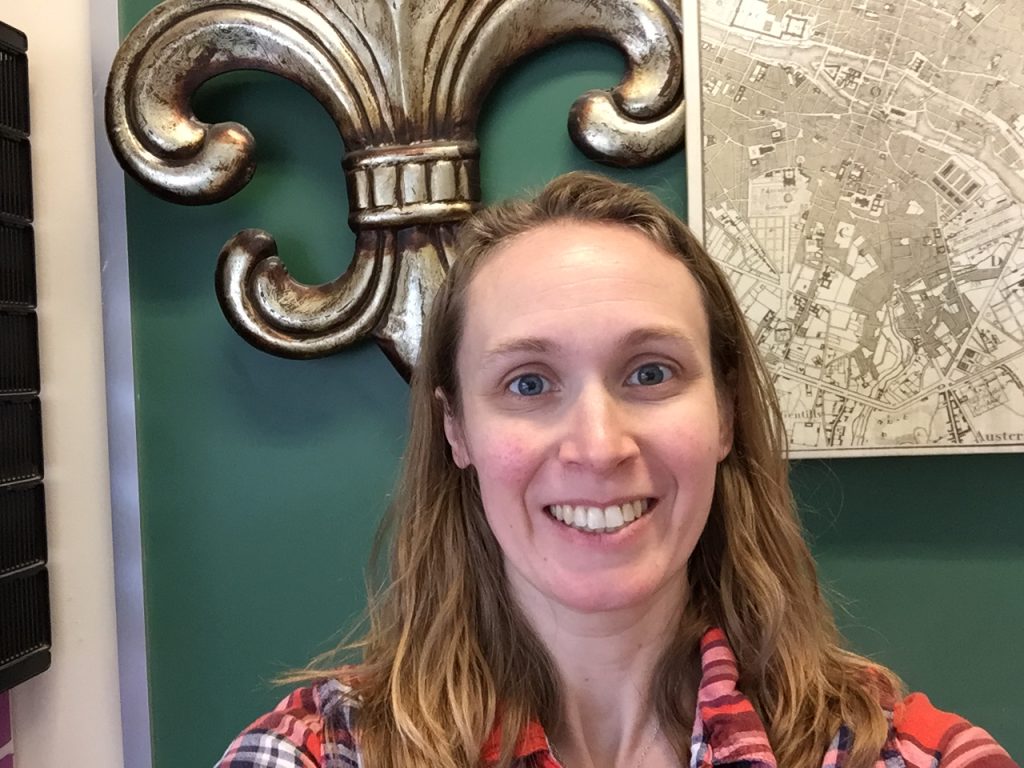- Begin the activity by opening the Google Slides presentation and reviewing the Can-do statements.
- Introduce the topic (la publicité). Show the warm up slide from the Google Slides presentation where students will see three francophone advertisements. They will have 2 minutes to list keywords that they associate with each advertisement. If time permits, students can also rank them based on their preference.
💹 Advertising / La publicité by Kylene Butler
Activity by Kylene Butler
Description: In this activity, students will examine advertisements in French. They will also collaborate to develop an advertising campaign to sell prom tickets at their school. This activity will target all three modes of communication.
3 P’s (Products, Practices, Perspectives):
- Products: Advertisements, posts from influencers
- Practices: Much like in the United States, the French will use advertisements to make purchasing decisions.
- Perspectives: French advertisements typically target themes like love and humor. Teenagers typically encounter advertisements through social media.
Semantic Topics: Advertising, publicity, communication, la publicité, la communication.
World-Readiness Standards:
- Standard 1.1: Students engage in conversations, provide and obtain information, express feelings and emotions, and exchange opinions in French.
- Standard 1.2: Students understand and interpret written and spoken French on a variety of topics
- Standard 1.3: Students present information, concepts, and ideas in French to an audience of listeners or readers on a variety of topics.
NCSSFL-ACTFL Can-Do Statements:
- I can understand product information in an advertisement.
- I can select a product that interests me from an advertisement.
- I can participate in conversations to compare and contrast advertisements.
- I can create a persuasive advertisement that encourages others to purchase a product.
Materials Needed:
- Google Slides Presentation
- e-marketing.fr website
- Quelles sont les 4 publicités françaises les plus efficaces et créatives? By Floriane Salgues is included under fair use as described in the CBPFUOER.
- Campaign Images Worksheet
- Suggested Rubric for Ad Campaign
Warm Up
Main Activity
- Divide students into three groups. Ask students to view the e-marketing.fr website, which shows three successful marketing campaigns in French and assign one campaign to each group. Students should discuss the following questions: Est-ce que vous seriez persuadé.e par cette campagne publicitaire? Si oui, pourquoi? Si non, pourquoi pas?
- After 4 minutes, students should form new groups, with one member representing each campaign. Students will have a picture representing each campaign. Each group will describe the campaign that they read without naming the product. Students will try to match the campaign with the description.
Possible Extension: Presentational
- Students can work in small groups to create a campaign to help the school sell prom tickets or yearbooks (or another product important to their school). Students should revisit their ad campaigns from the interpersonal activity and create a list of things that made them particularly effective. They can use websites like Canva or Google Drawings to create their campaigns.
Wrap Up
- Ask the students the following question: Quelles sont les caractéristiques d’une bonne campagne publicitaire?
Cultural Notes:
End of activity:
- Students will review the Can-do statements and will evaluate their performance.
NCSSFL-ACTFL Can-Do Statements:
- I can understand product information in an advertisement.
- I can select a product that interests me from an advertisement.
- I can participate in conversations to compare and contrast advertisements.
- I can create a persuasive advertisement that encourages others to purchase a product.


